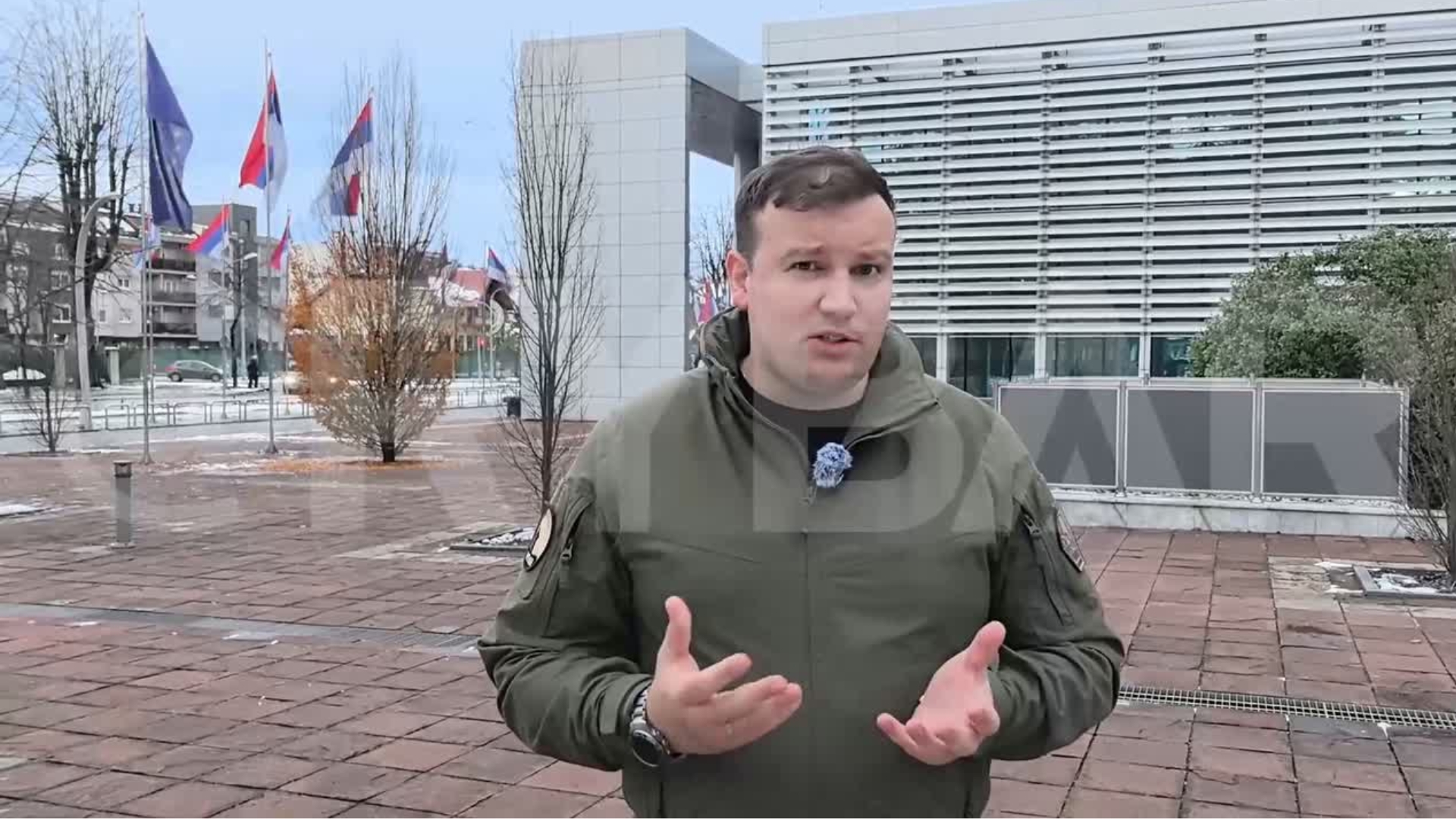This post is also available in: Bosnian
Manning, who co-ordinated a Hague Prosecution investigation about those graves as an investigator, stuck to his allegation that the voluminous evidence material confirmed that the large majority of exhumed victims had been shot and not killed in battles.
Mladic, former Commander of the Republika Srpska Army, VRS, is charged with genocide against about 7,000 Bosniaks from Srebrenica in the days that followed the occupation of the United Nations, UN “protected zone” by Serb forces on July 11, 1995.
In addition to that, he is on trial for persecuting Bosniaks and Croats throughout Bosnia and Herzegovina, terrorising civilians in Sarajevo and taking UNPROFOR members hostage.
Calling upon some UN documents, Mladic’s Defence attorney Dragan Ivetic said that about 3,000 of Bosniak men, who were trying to break through from Srebrenica to Tuzla by walking through the woods, were killed. He suggested that some of those bodies were buried in the mass graves.
“We did not find evidence about that. I believe that bodies of many of those, who got killed, were left on the ground to decay,” Manning said, mentioning that he did not deal with an investigation related to Bosniaks, who were killed while walking in that line.
Responding to a suggestion by Mladic’s Defence attorney that all of the secondary mass graves were within the range of five kilometres from the breakthrough direction of the line of people, Manning said that he could not confirm that, but the graves were found in a secluded area, where “no traces of battles” were present.
The witness confirmed that it was not possible to determine the cause of death for a certain number of remains. “However, when you find an arm tied with wire, without the rest of the body, there is a strong suggestion that the person was not killed in combat,” Manning explained.
When asked whether he wanted to see Mladic sentenced for the murders in Srebrenica, Manning said that he personally considered that there was sufficient evidence to prove Mladic’s guilt, but it did not influence his impartiality during the investigation and testimony.
Following Manning’s testimony, the Prosecutors presented The Hague Chamber with their next witness, who is testifying at a closed session.
The trial of Mladic is due to continue on Friday, July 12.


